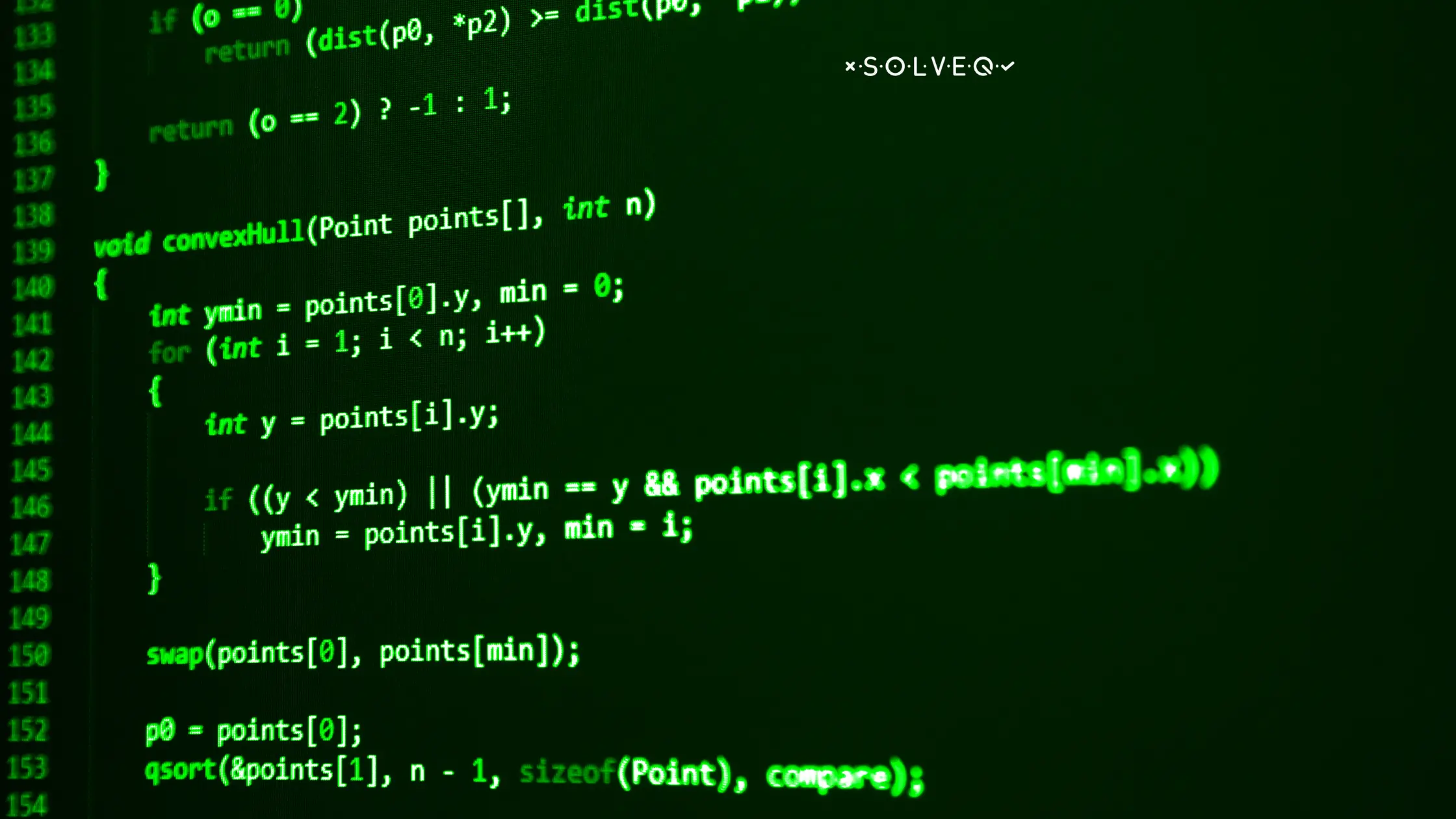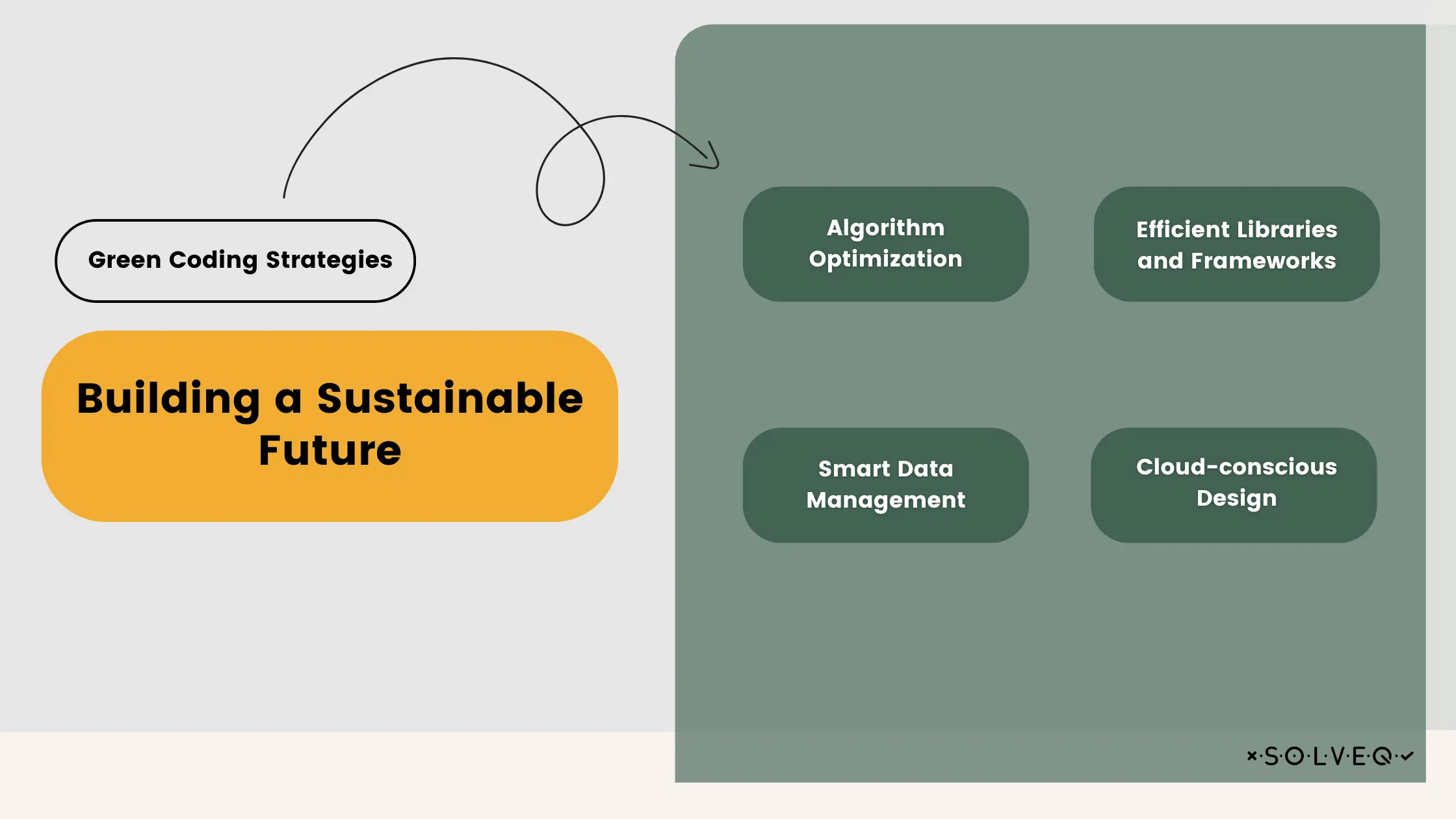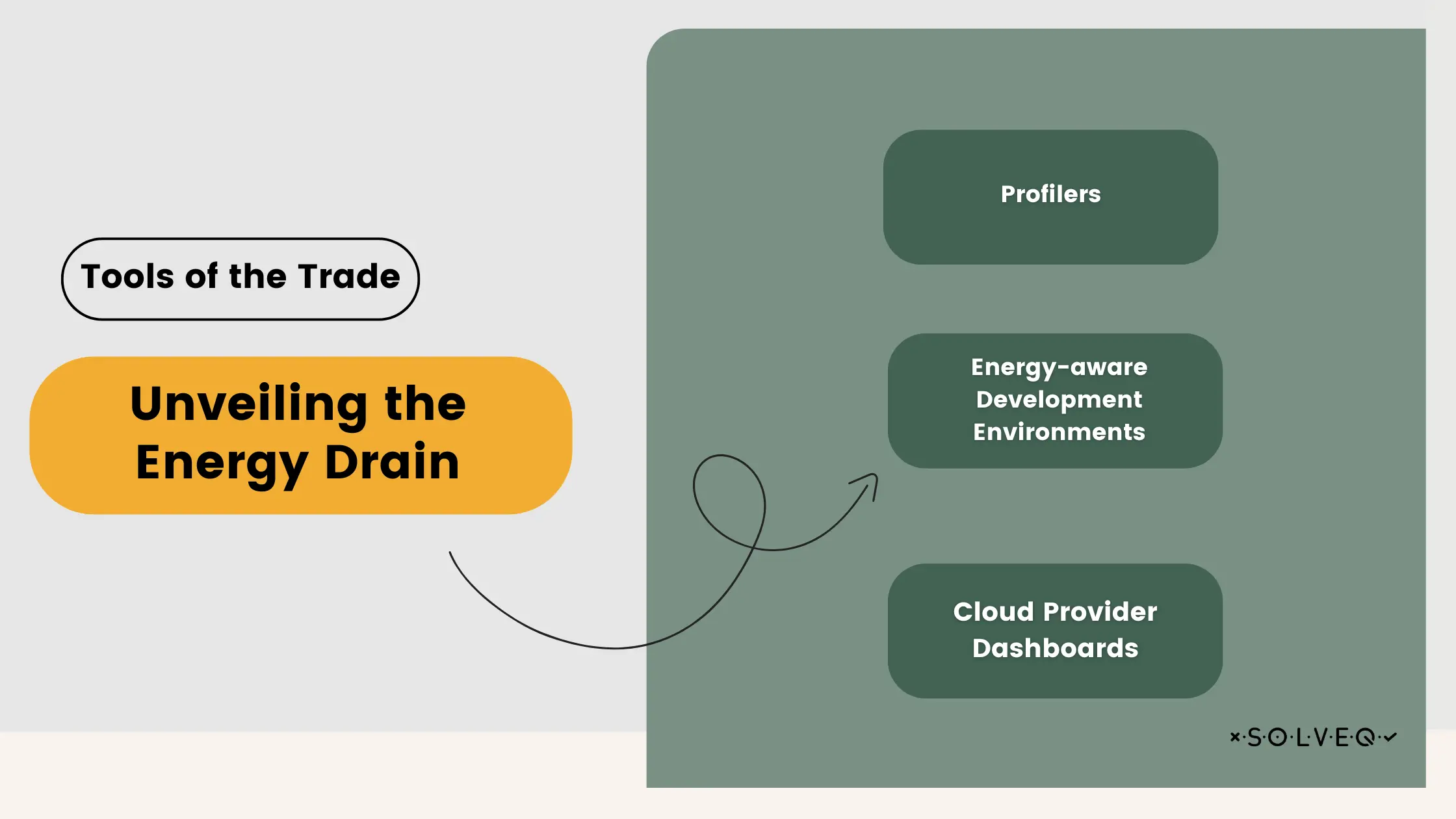The Green Code: Energy Efficiency in Software Design
9 May 2024 • 10 min read

Marcin Kulawik

Did you know that sometimes data centres can use more electricity than an entire country? According to the International Energy Agency (IEA), global data centers consumed an estimated 240-340 TWh (terawatt-hours) in 2022, which translates to roughly 1-1.3% of the world's total electricity demand. In comparison, Ethiopia's annual electricity consumption is around 14 TWh.
This highlights the staggering energy demands of the software we rely on. As these demands continue to rise, so too does the environmental impact of software development, with data centers contributing significantly to greenhouse gas emissions.
To fight this problem, a new approach is emerging: green coding. This innovative approach prioritizes energy efficiency throughout the software development process. to find out more read the following article.
The Hidden Energy Drain
The software we rely on every day comes at a hidden cost – a massive energy drain. While user interfaces might appear sleek and effortless, the servers powering them are constantly humming, consuming significant amounts of energy. This hidden drain lurks in several key areas:

- Data Centers: These massive server farms are power-hungry beasts. They require constant electricity to run, but that's just half the story. Just imagine the constant whirring of fans – that's the energy needed to keep all those servers cool to avoid overheating.
- Inefficient Code: Imagine a car stuck in low gear, constantly revving its engine. That's what poorly written code can be like for servers. Inefficient algorithms and data structures force servers to work harder, consuming more electricity to complete tasks.
- The User Side: Don't underestimate the impact of those fancy graphics and slick animations! Heavy visuals, excessive animations, and poorly optimized user interfaces all contribute to increased energy consumption on the devices we use to access software. Think about it – your laptop's battery draining faster means it needs to be plugged in more often, adding to the overall energy footprint.
By addressing these hidden energy drains, green coding offers a path towards a more sustainable digital future. It's a win-win – creating software that's both efficient and environmentally friendly.
Green Coding Strategies: Building a Sustainable Future
Thankfully, green coding offers a solution to these hidden energy drains. It's a proactive approach to software development that prioritizes energy efficiency throughout the design and development process. Here are some key green coding strategies:

- Algorithm Optimization: Not all algorithms are created equal. Green coding emphasizes choosing efficient algorithms and data structures for common tasks. Imagine searching a phonebook – a linear search checks every entry one by one, while a binary search quickly narrows down the possibilities. This focus on efficient algorithms can significantly reduce the energy a server needs to complete tasks.
- Efficient Libraries and Frameworks: Developers often rely on pre-written code libraries and frameworks to save time and effort. However, some libraries come with a hidden cost – they might be bloated with features you don't need. Green coding encourages choosing libraries known for their performance and focus, avoiding unnecessary features that can increase energy consumption.
- Smart Data Management: In our data-driven world, how we handle information significantly impacts energy use. Green coding emphasizes minimizing data transfers by processing data closer to its source whenever possible. Additionally, compression techniques can reduce the size of data being transferred, further lowering energy demands. Finally, implementing intelligent caching strategies can prevent redundant data retrieval, saving energy on both the server and user sides.
- Cloud-conscious Design: Cloud computing offers flexibility and scalability, but decisions made during cloud architecture design can have a significant impact on energy use. Green coding principles encourage considering factors like server choices and location when building cloud applications. Choosing energy-efficient server models and strategically distributing workloads across geographically diverse data centers can contribute to a greener cloud footprint.
By implementing these green coding strategies, developers can create software that is not only functional but also environmentally responsible. This approach helps us build a more sustainable digital future, ensuring our reliance on software doesn't come at the expense of our planet.
Tools of the Trade: Unveiling the Energy Drain
Green coding isn't just about philosophy – it's about having the right tools in your arsenal. These tools help developers identify and address energy inefficiencies throughout the development process:

Profilers
Imagine a detective searching for clues. In the world of green coding, profilers act as those detectives. These are specialized software tools that analyze code execution, pinpointing areas where energy is being wasted. By profiling code, developers can identify bottlenecks – sections that consume excessive energy – and optimize them for better efficiency.
Energy-aware Development Environments
The tools developers use to write code can also play a role in green coding. Some Integrated Development Environments (IDEs) and plugins are now incorporating energy-aware features. These tools provide real-time feedback on the potential energy consumption of code as it's being written. With this immediate feedback, developers can make adjustments to their code on the fly, ensuring they're building energy-efficient software from the ground up.
Cloud Provider Dashboards
Cloud computing offers a vast array of resources, but keeping track of energy usage can be challenging. Fortunately, many cloud providers are now offering user-friendly dashboards that allow developers to monitor the energy consumption of their cloud-based applications. These dashboards provide valuable insights, enabling developers to identify areas for optimization within their cloud architecture.
By utilizing these tools, developers can gain a deeper understanding of how their code interacts with energy consumption. This empowers them to make informed decisions throughout the development process, paving the way for a greener digital future.
Beyond the Code: Building a Holistic Approach
Green coding goes beyond just writing efficient software. It's about fostering a holistic approach that considers the entire software lifecycle and its impact on the environment. Here are two key areas outside the code itself that contribute to a greener digital future:
- Hardware Considerations: The hardware that runs our software plays a significant role in energy consumption. Green coding principles encourage developers to be mindful of the hardware they're working with or deploying their software on. Choosing energy-efficient hardware options, such as servers with lower power requirements or utilizing cloud providers with a commitment to clean energy sources, can significantly reduce the overall environmental footprint of a software application. Additionally, energy-efficient hardware can sometimes lead to improved software performance, creating a win-win situation.

- Behavioral Changes: While code itself is a critical element, the habits of developers also play a role in green coding. Encouraging responsible energy use habits throughout the development process can contribute to a more sustainable workflow. This could involve practices such as avoiding unnecessary testing cycles, optimizing build processes to minimize resource utilization, and shutting down development environments when not actively in use. By fostering a culture of mindful resource management within development teams, green coding takes root not just in the software itself, but in the development process as well.
By considering these elements beyond the code, developers and organizations can create a truly sustainable software development lifecycle. This holistic approach ensures that the software we rely on not only functions well but also minimizes its environmental impact, paving the way for a greener digital future for all.
Summary
Our reliance on software comes at a hidden energy cost. Data centers, inefficient code, and user interfaces all contribute to this drain. Green coding offers a solution, prioritizing energy efficiency throughout development. By using efficient algorithms, libraries, and data management techniques, developers can create sustainable software. Tools like profilers and cloud dashboards help identify and optimize energy use. Green coding goes beyond the code itself, encouraging responsible hardware choices and developer habits for a truly holistic approach to a greener digital future.
Share:
Looking for expert development team?
Schedule a call with Tech Consultant

Marcin Kulawik
Founder and CEO of SolveQ. Huge fan of building things with purpose, agility, and having fun while changing the World. Loves his family, teammates, and nature.